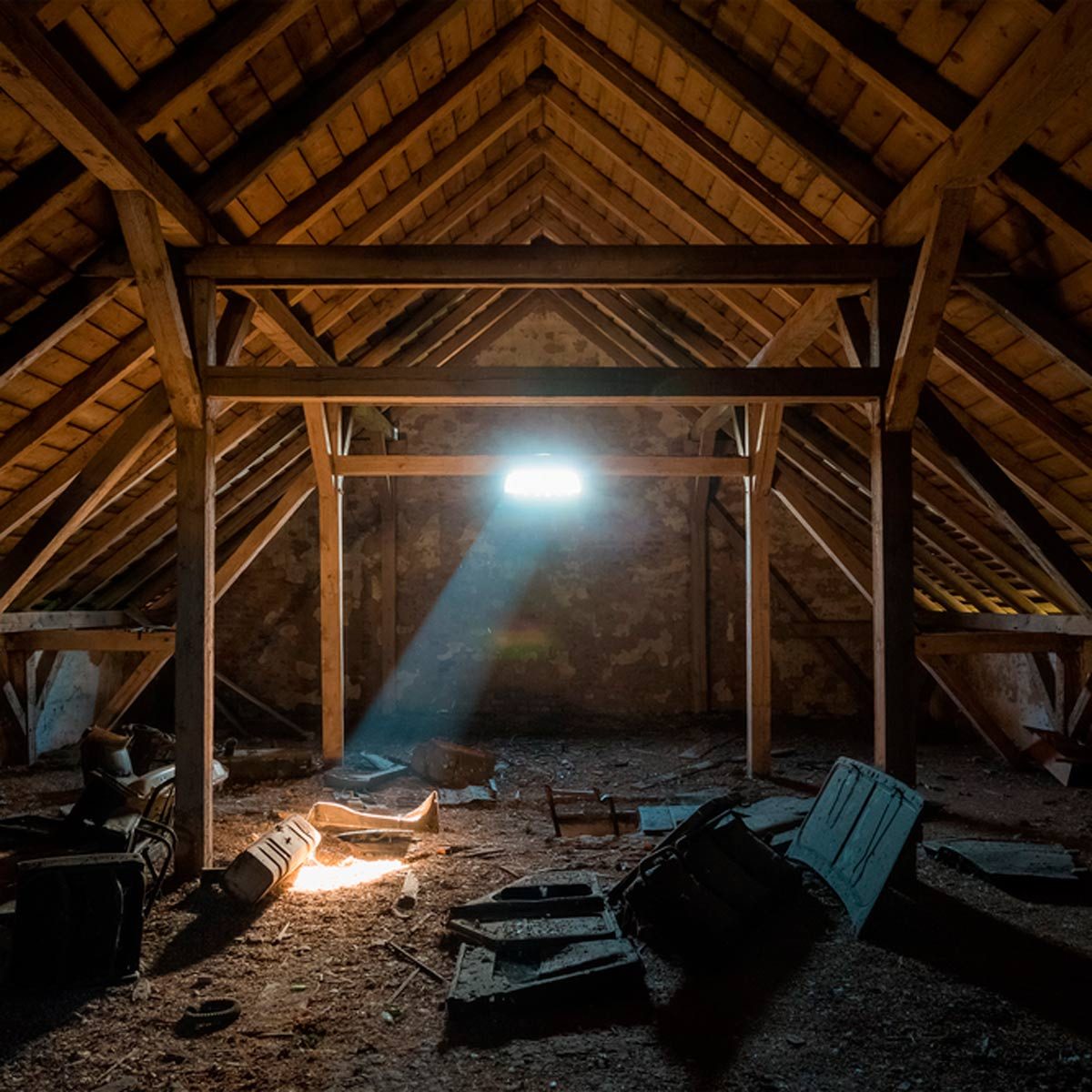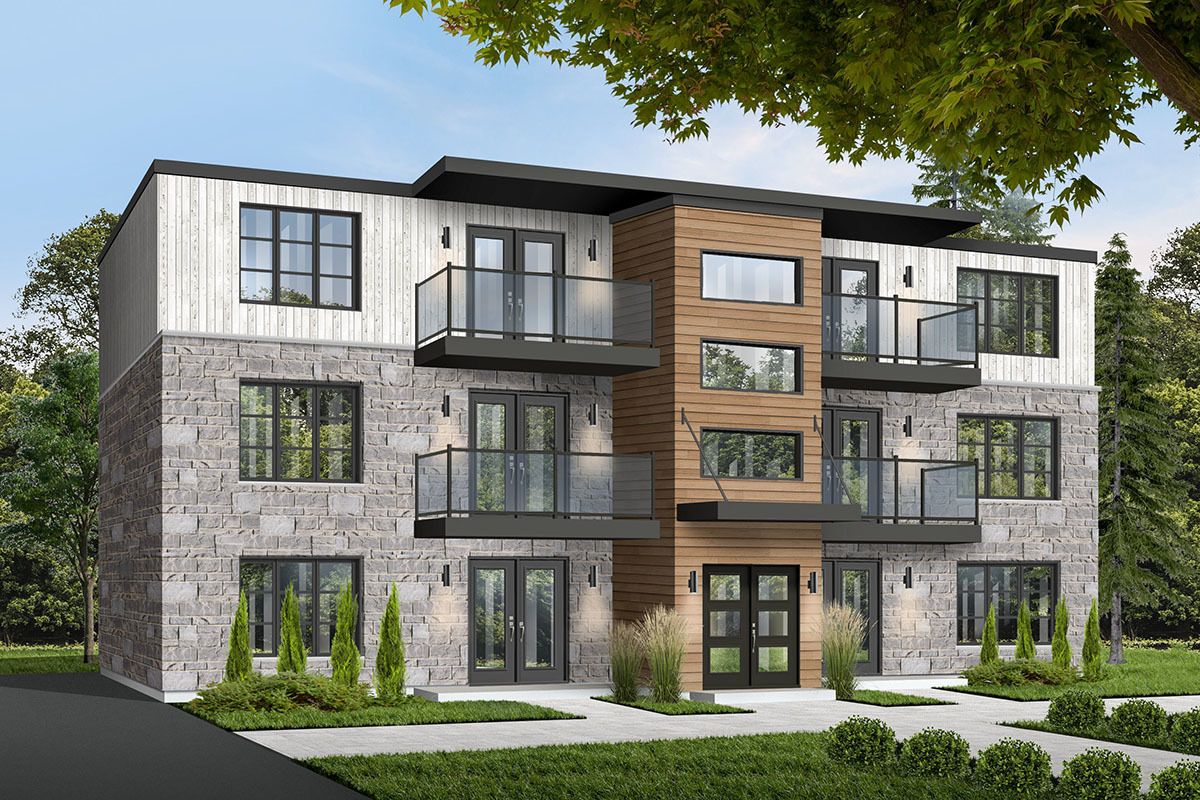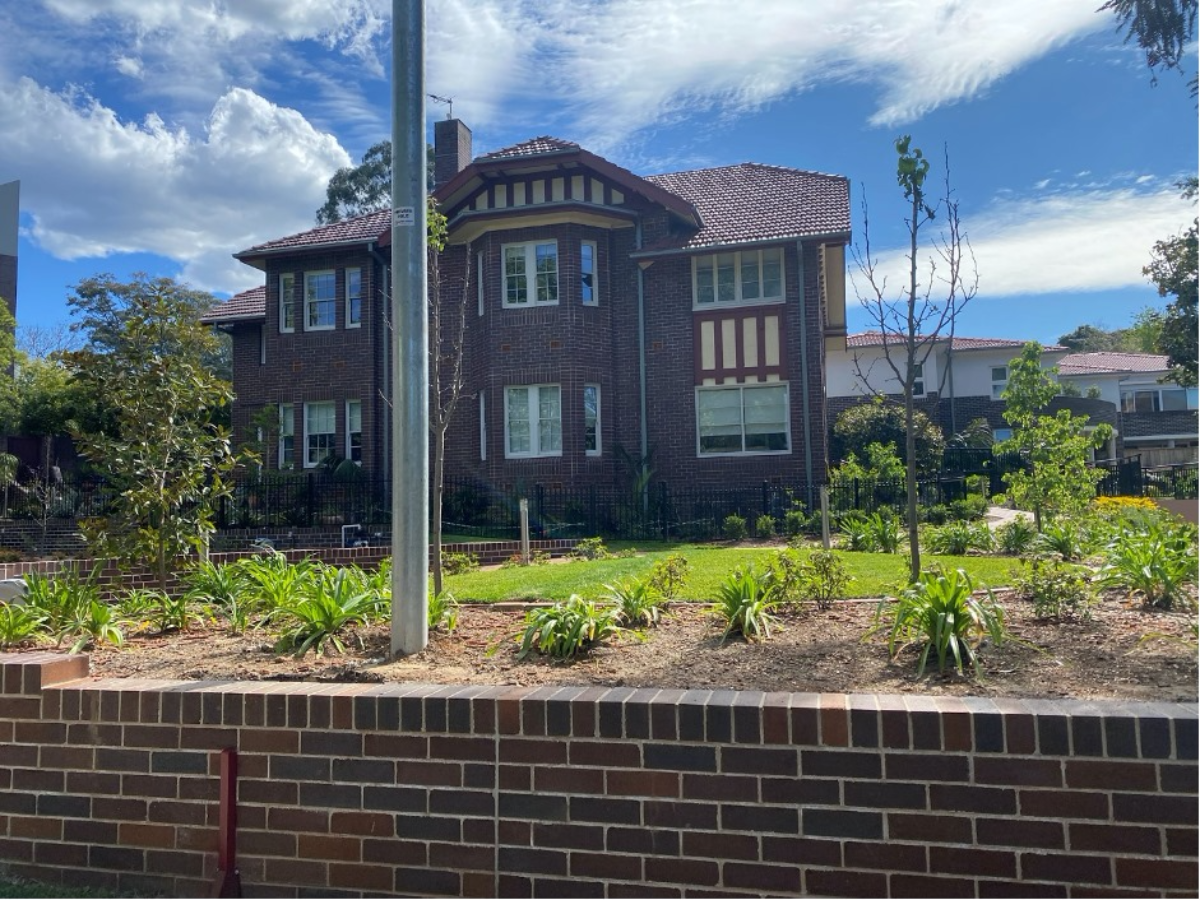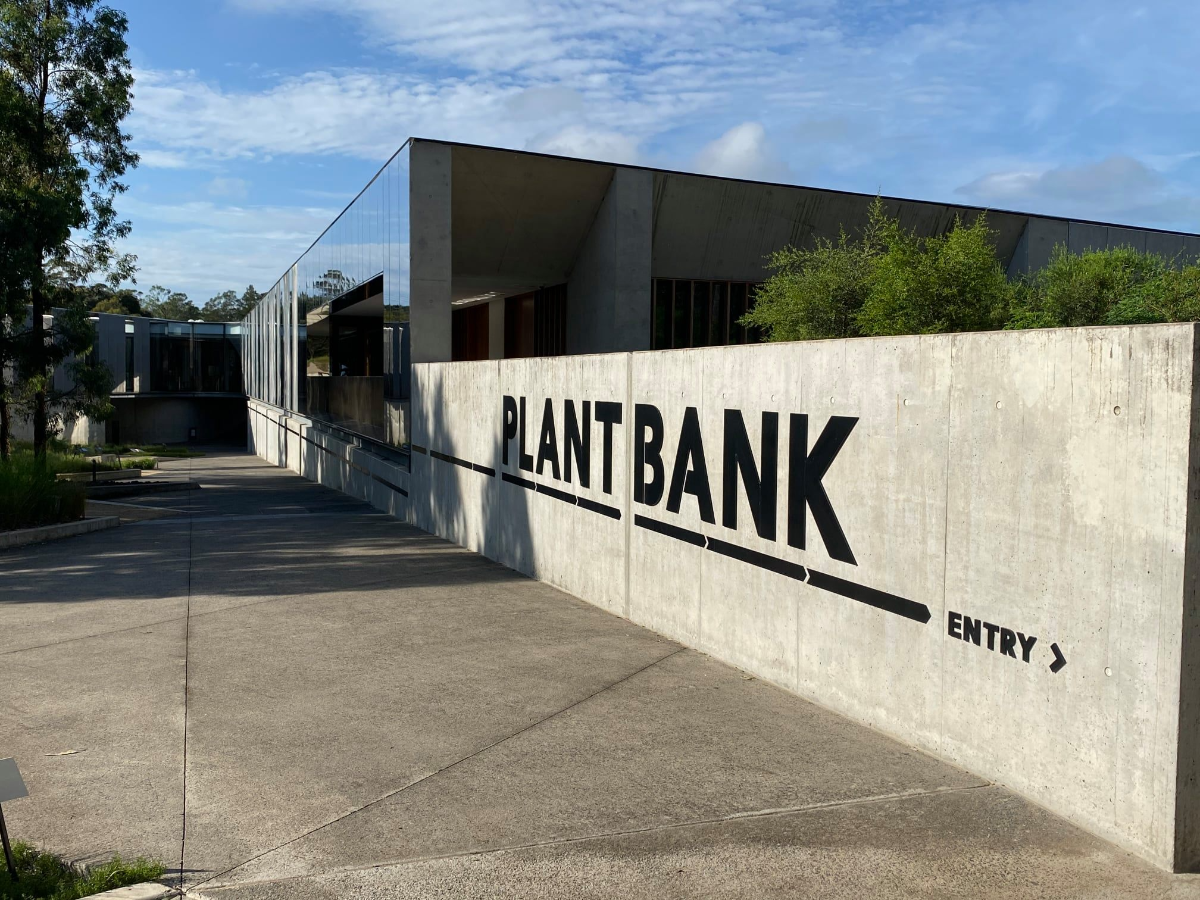
- May 10, 2021
- Effective Building
- 0
“Can a fire start in a roof space?” is a good question and it’s as simple as a few major issues which can be avoided with our fire prevention tips. Effective Building & Consultancy can do a yearly check of your roof space.
Some causes of fire are pieces of asbestos-based materials lying around, rodent’s chewing wiring or pieces, wiring installed or terminated incorrectly, or poorly insulated downlights.
6 Fire Prevention Tips
Fire Prevention Tips #1: Avoid Using Halogen Downlights
Let’s start with the halogen downlights as these are the most common problem we find when inspecting houses for property purchasers.
The Australian Wiring Rules stipulate a minimum clearance of 200mm for halogen recessed downlights between the downlight and structural members, thermal insulation, and other substances unless the luminaire has the appropriate fire-resistant enclosure.
Fire Prevention Tips #2: Never Place Insulation over Downlights
Insulation surrounding downlights is the most common situation we find. It seems that insulation installers aren’t aware of the dangers associated with placing insulation over downlights or within the 200mm clearance requirements.
While the danger isn’t the insulation or downlight catching on fire, it’s the debris that comes in under the eaves that trap itself against the downlights and insulation that create the fire opportunity.
Insulation will singe but not burn because it’s treated with a fire retardant, but it can create heat.
Our inspectors have seen many instances of singed insulation especially if it’s loose-fill insulation as it will tend to blow around in the roof space with air movement and position itself against the downlight.
Fire Prevention Tips #3: Steer Clear of a Cardboard Surround Around the Downlight
If someone places a cardboard surround around the downlight (not within 200mm), the light will generate enough heat to burn the cardboard. Now if you throw in some leaves into the mix and they are trapped in the cardboard surround, you now have fuel and a reasonable chance that a fire could occur.
Some may say this is unlikely to happen, but this coil actually does as it did to an owner-occupier in a Canberra property a few years ago.
There are only three options when considering your downlights:
- Fit an aftermarket halogen downlight guard. These are a guard or cover that’s fire-resistant and sits over the downlight and avoids insulation or debris coming in contact with the heat of the lights. These are quite costly and hard to fit in a low-access roof space.
- Buy fire-rated halogen downlight hood kits which have built-in covers.
- Consider fittings that don’t use halogens and run cooler and reduce the risk of fire. Led downlights are now a replacement for halogen downlights, and they only require a 25mm clearance.
Fire Prevention Tips #4: Install the Wires Correctly
Wiring incorrectly terminated or joined, or power joints installed but not installed correctly is another hidden risk in a roof space. If the wiring hasn’t been terminated correctly or is exposed and other trades enter the roof space, who are unaware of the risk, electrocution may occur.
Shortcuts are another risk in this situation if the handyman or the licensed electrician is prepared to carry out work in this manner. Interestingly, this instance and the above occurred on the same property was suspiciously carried out by a licensed electrician.
Fire Prevention Tips #5: Remove the Asbestos in the Roof Space
The photo above shows a piece of broken asbestos-based material. However, this needs to be tested to be confirmed in a roof space.
The property had an asbestos roof which has been replaced. However, broken pieces remain in the roof space. Unfortunately, this is also a common situation in a subfloor as a result of a renovation. This is a typical case of careless trades not protecting the occupants and future trades who may need to access these areas.
Fire Prevention Tips #6: Replace Damaged Wires
Last but not least, it’s that little pest called rodents who love to nibble on the wiring and expose a risk. You can see the bite marks on the wiring in the below photo which was attached to a transformer in the roof space.
While this is unlikely to cause a fire if RCDs (residual current devices) are installed there remains a risk if these systems fail or you have an old fuse system installed.
The other factor is the damage and the replacement cost of the wiring when the little critters nibble all the way through. So, if you hear rodents in your roof or walls, don’t ignore them.
Engage with Effective Building & Consultancy building and pest inspectors and find where they are coming into the property and block them out, so it doesn’t become a regular occurrence. They tend to enter roof spaces in the winter looking for the warm comfort of home.
What Does Effective Building & Consultancy Recommend?
First, if you are buying a home that you have inspected by one of the Effective Building & Consultancy’s highly building inspectors in Sydney who will crawl around in a roof space and not just flash a torch from a manhole to find these kinds of problems that could cause a fire risk.
Having us inspect your crawl and roof space every 12 months would ensure that your house is fire-safe.
For more information about building inspection services, visit our Help Centre
Suppose you are planning to work on multi-story units. In that case, you may find yourself wondering if you should Read more
Heritage buildings represent the history and culture of a nation. They constitute together the architectural heritage of an area. Heritage Read more
The Australian PlantBank is a remarkable new plant conservation laboratory at The Australian Botanic Garden in Mount Annan. It is Read more





